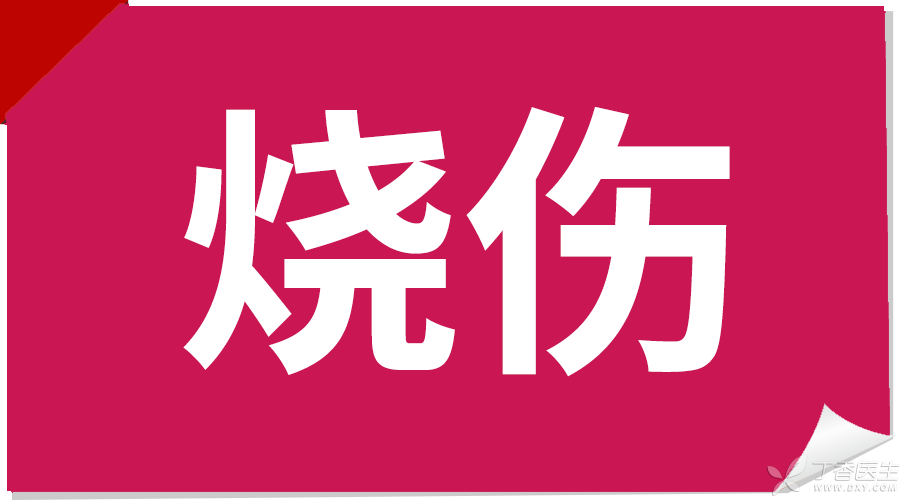
I. Judgment
Only second-degree burns and third-degree burns need to be treated.
Second degree burn
- Moist red with blister tissue fluid exudation
Third degree burn
- White or carbonized skin dry vascular embolism
II. Handling
Small area second-degree or third-degree burns caused by flames or flash burns
- Rinse the wound under flowing tap water, cut off the clothes around the wound surface with scissors under cold water for at least 15 minutes, take off the clothes around the wound surface, slowly take off the clothes around the wound surface, and go to the emergency room for treatment.
Chemical burns (burns caused by corrosive liquids such as acids and alkalis)
- Call 120 to clean up the chemicals on site to help the patient dilute and flush the wound until the emergency personnel arrive.
Intraocular chemical burns (if spilled into the eyes by corrosive liquid)
- Call 120 to ensure that the injured eye is under the current and rinse the eye with running tap water until the emergency personnel arrive.
Extensive burns
- Call 120 and rinse with running tap water at room temperature for no more than 2 minutes. Wrap the whole wound surface with plastic wrap to maintain body temperature and wait for emergency personnel to deal with it.
Never
- Do not apply ice, do not use toothpaste, sesame oil, vinegar and other articles, do not pick through blisters without authorization, thirst after extensive burns, do not drink water, and follow the doctor’s instructions, use sodium lactate Ringer solution or NS for fluid replacement.
Operational Items
- It is better to keep the water temperature for washing and soaking at room temperature when taking off the clothes on the wound surface. If there is a sense of avulsion, the washing time for large-area burns without taking off should not exceed 2 minutes. When chemical burns are not washed, the water flow should flow to the sewer along the wound surface and should not pass through the uninjured skin.
Instructions for medical treatment
- Second-degree burns should be treated in a hospital, and blisters larger than 2 cm in diameter using silver-containing burn cream should be picked out by doctors.
